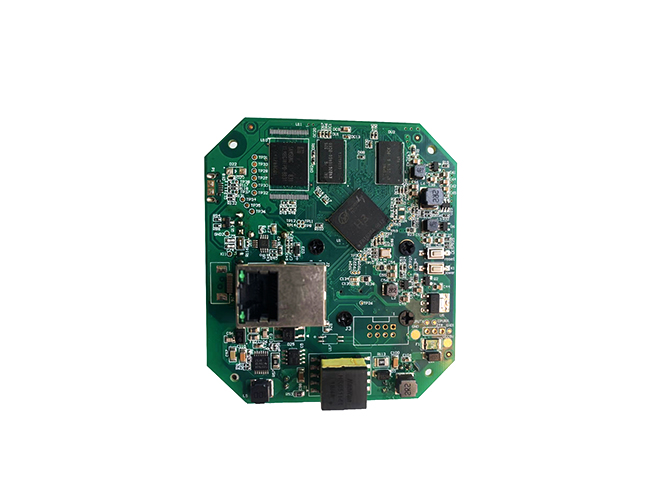-
CN
-
Service Hotline
+8618129931046 Mr. Liao


Time:2025-06-05 Views:1

Gold immersion is a popular surface finish for double - sided printed circuit boards (PCBs) as it provides excellent corrosion resistance, good electrical conductivity, and a reliable soldering surface. Understanding the appropriate gold immersion thickness standards is crucial for ensuring the performance and reliability of PCBs.
Factors Affecting Gold Immersion Thickness
The required gold immersion thickness is influenced by several factors. One of the primary factors is the application of the PCB. For example, in high - reliability applications such as aerospace or medical devices, a thicker gold layer may be necessary to ensure long - term performance. In these applications, where the PCBs are often exposed to harsh environmental conditions or require high - precision electrical connections, a gold thickness of 0.1 - 0.3 microns or even higher may be specified. On the other hand, for consumer electronics products with a shorter lifespan and less demanding operating conditions, a thinner gold layer, typically in the range of 0.05 - 0.15 microns, may be sufficient.
The type of components being soldered to the PCB also affects the gold thickness requirement. If the PCB is intended for use with fine - pitch components or components that require a high - quality solder joint, a thicker gold layer can improve the solderability and mechanical strength of the joint. Additionally, the surface finish of the copper substrate before gold immersion can impact the adhesion and quality of the gold layer. A clean and properly prepared copper surface is essential for achieving a uniform and adherent gold coating.
Industry Standards and Guidelines
There are industry - recognized standards and guidelines regarding gold immersion thickness for double - sided PCBs. The IPC (Association Connecting Electronics Industries) provides some general recommendations. For general - purpose soldering applications, an immersion gold thickness of 0.05 - 0.15 microns is often considered acceptable. However, for applications where the PCB is likely to be exposed to corrosive environments or where long - term reliability is critical, the IPC may recommend a thickness of up to 0.3 microns. Some manufacturers may also have their own internal standards based on their experience and the specific requirements of their products. For example, a company that specializes in manufacturing industrial control PCBs may set a minimum gold immersion thickness of 0.2 microns to ensure the boards can withstand the harsh operating conditions in industrial settings.
It's important to note that while a thicker gold layer may offer certain advantages in terms of corrosion resistance and solderability, it also comes at a higher cost. Gold is a relatively expensive material, and increasing the gold thickness significantly can raise the production cost of the PCB. Therefore, PCB designers and manufacturers need to carefully balance the performance requirements with the cost constraints when determining the appropriate gold immersion thickness for double - sided PCBs.